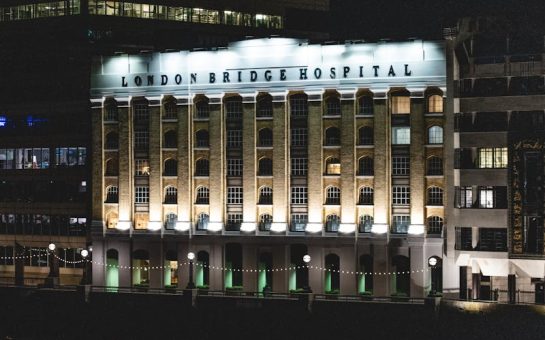A total of 1,320 rat treatments were conducted by Wandsworth Council between 2016 and 2020, a Freedom of Information request has revealed.
The data shows a higher number of rat treatments were undertaken during summer/autumn months.
Between 2016-2020, June saw an average of 27 rat treatments, an average of 28 in July, August saw an average of 27 rat treatments and September an average of 29.
In comparison, January saw an average of 19 treatments, whilst an average of 16 treatments were undertaken in December months.
Research by PEST UK may explain why this is the case.
The rat and mouse population tends to be at its highest during late summer months and early autumn.
This is due to the abundance of food available to rats, from our edible litter to crops ready for harvest such as blackberries, which are ripe and ready to eat by summer.
During warmer months, rats are able to preserve their energy and stay warm among vegetation.
It is during autumn months that rats have to find a new home, and this is when they make their move into buildings.
This is because crops start to dry up in these months, and the colder weather means they need to find a new habitat for warmth and food.
Depending on their level of hunger, it is believed they can take more risks such as raiding bird cages, bins and kitchen areas.
If food is found in kitchen areas, this is a source that rats can live on, enabling rapid breeding.
As rats make their way indoors for warmth and a new source of food, during summer and autumn this may explain the increase of rat treatments during those months.
TOTAL TREATMENTS: Total number of rat treatments conducted by Wandsworth Council between 2016 to 2020
Looking further into 2020, data released by Rentokil Pest Control in October 2020 showed a 22% increase in rodent enquiries compared to the summer average in the past six years.
The increase in enquiries could be attributed in part to the mild winter experienced last year, which may have extended the rodent breeding season. This could also mean that a larger population of rats will be heading indoors as the weather cools, to search for food, water and safe harbourage.
Paul Blackhurst, Head of Technical Academy at Rentokil Pest Control said:
“Rodent populations increased over the first national lockdown, to the extent that nests are now over spilling.
“Rats are more often seen during the day if the population has been disturbed and forced to move on, and secondly if the population gets too large then the young males will be ejected from their clan.
“Given the growing population, as well as the mild winter and decent summer, it is possible that more businesses will record increases in rodent activity over the coming winter months.
We advise businesses to take proactive measures to prevent pests from taking up residence in their facilities.”
It is such advice and these reasons that partly explains the increase of treatments undertaken in Summer/autumn months, particularly in 2020.
In the Wandsworth Council data, 2016 saw the highest number of rat treatments in a month and overall.
Forty treatments were undertaken in the month of September, with the highest number of treatments undertaken in the last five years occurring in 2016, totaling 326.
The following year saw a 27% decrease of rat treatments undertaken by Wandsworth Council from 2016 to 2017, going down to a total of 237.
Since 2017, there has only been a 10% increase in total until 2020.
Wandsworth Council in a statement said: “We offer our residents a service if they have a problem with a range of pests including rats, mice, wasps and bedbugs. People can request a treatment service via our website.”




